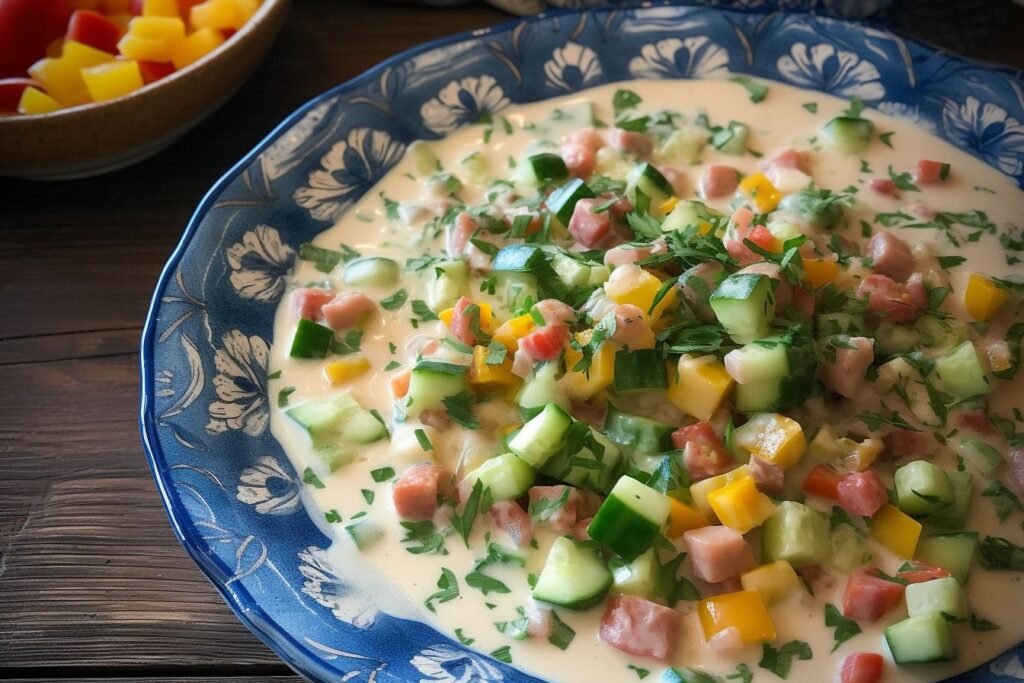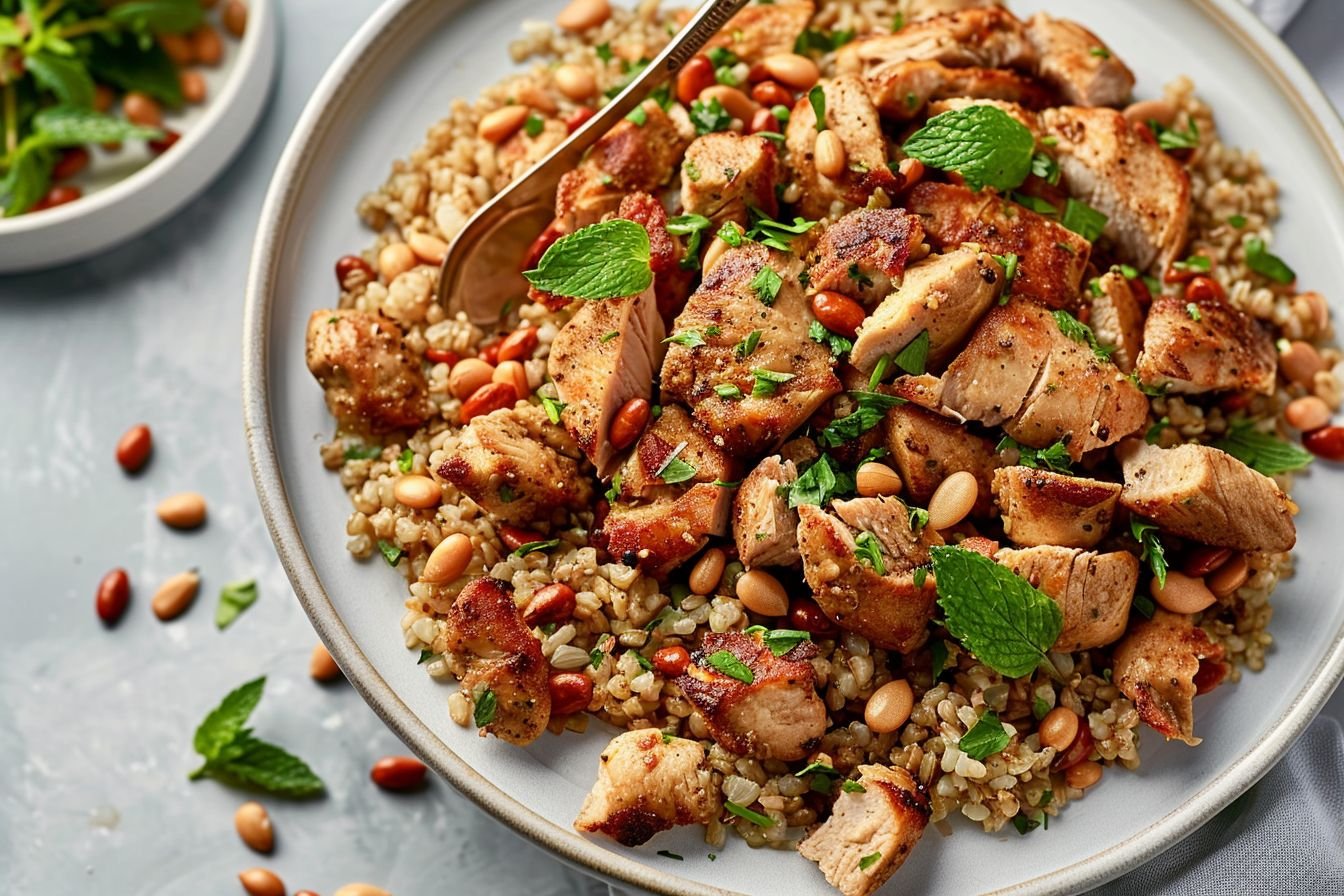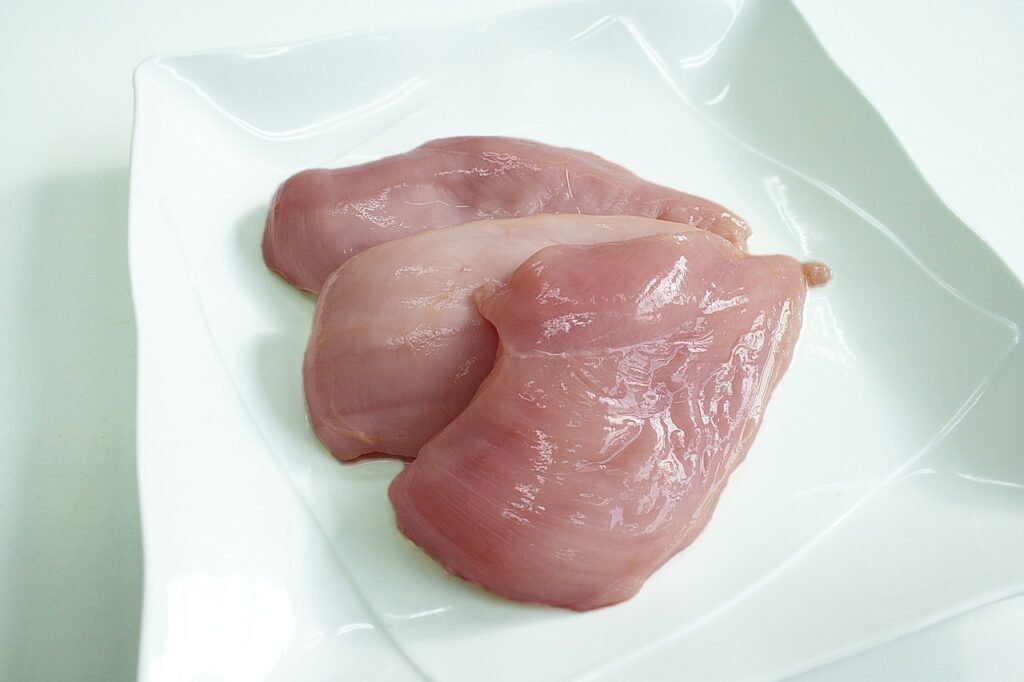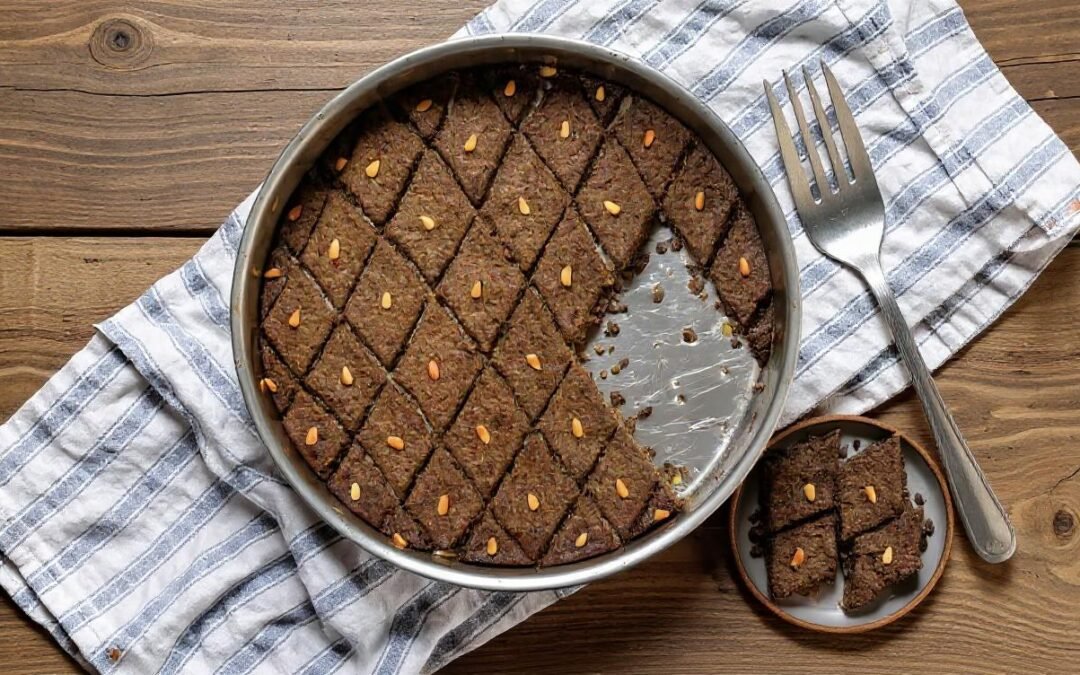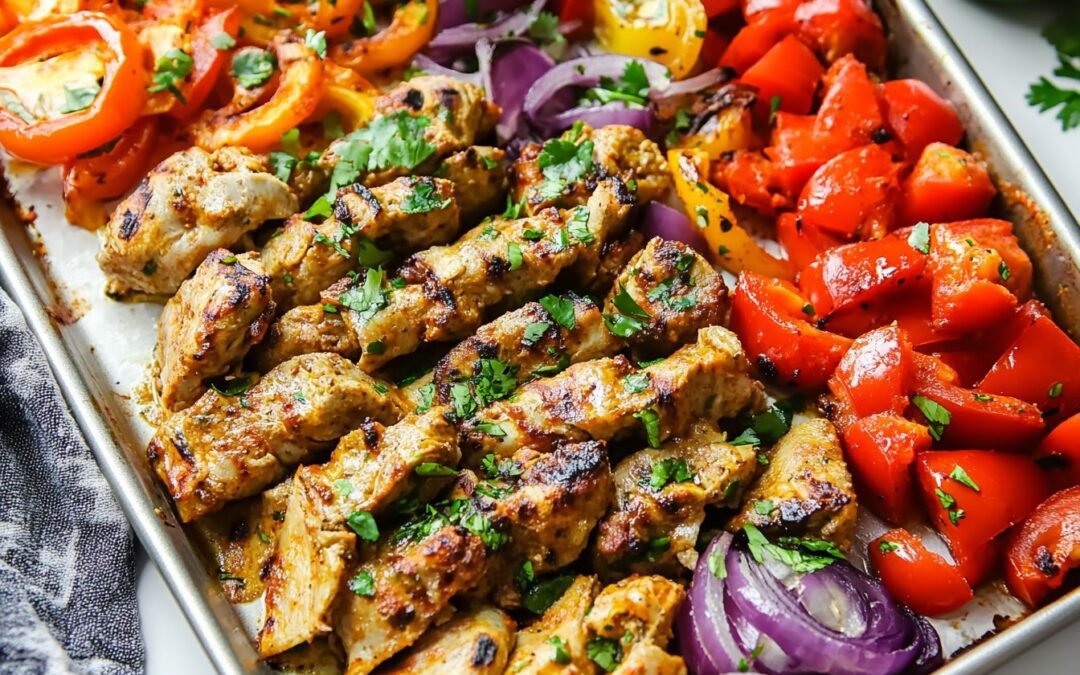Freekeh with chicken is a hearty and flavorful dish perfect for a healthy weeknight dinner. To make the freekeh, you will need course freekeh, onions, olive oil, and spices, including cinnamon, cumin, 7-spice, and a bouillon cube. You will need 7-spice, garlic powder, lemon juice, olive oil, salt, and pepper for the chicken.
What Is Freekeh?
History of Freekeh
Freekeh is a grain that has been a staple in Middle Eastern cuisine for centuries. It is made from young green wheat that is harvested while still soft and then roasted and cracked. The origins of freekeh can be traced back to ancient Egypt, where it was considered a delicacy and was reserved for the pharaohs. It was also a popular food among the Bedouins, who used it to sustain themselves during long journeys across the desert.
Nutritional Benefits
Freekeh is not only delicious but also packed with nutrients. It is high in fiber, protein, and several essential vitamins and minerals. One cup of cooked Freekeh contains about 170 calories, 6 grams of protein, and 4 grams of fiber. It is also a good source of iron, calcium, and potassium.
Ingredients:
Freekeh:
- 2 cups of rinsed & drained coarse freekeh
- 1 finely diced yellow onion
- 1 tablespoon of olive oil
- Salt & pepper to taste
- 1 crushed bouillon cube
- 1/4 teaspoon of ground cinnamon
- 1/2 teaspoon of cumin
- 1/2 teaspoon of 7-spice
- 2.5 cups of cooking liquid
Chicken:
- 2 cubed chicken breasts (1-2 inch each piece)
- 1 tablespoon of 7-spice
- 1 teaspoon of garlic powder
- Juice of 1/2 a fresh lemon
- 2 tablespoons of olive oil, divided
- Salt & pepper to taste
Topping:
- Toasted slivered almonds
- Chopped parsley
How to Make Freekeh with Chicken?
Preparing the chicken:
- Mix up some spices, lemon juice, and olive oil. Rub this over your chicken pieces and let it sit for a bit. Overnight is best, but even half an hour helps.
- Cook the chicken in a pan until it’s cooked through. No pink inside!
Making the freekeh:
- Soften some onions in a bit of oil.
- Toss in the freekeh, some spices, a bouillon cube, and some vegetable broth. Let it simmer until the liquid is soaked up and the freekeh is tender.
Putting it together:
- Spoon the freekeh onto a plate.
- Top it with the cooked chicken.
- Sprinkle on some toasted nuts and fresh parsley for a bit of crunch and color.
Serving Suggestions
Accompaniments
One of my favorite accompaniments is a simple salad made with fresh greens, ripe tomatoes, and tangy vinaigrette. The crispness of the salad pairs perfectly with the hearty texture of the freekeh, while the acidity of the dressing helps to cut through the richness of the chicken.
Another great option is roasted vegetables. I like to roast a medley of seasonal vegetables, such as carrots, sweet potatoes, and Brussels sprouts, with a drizzle of olive oil and a sprinkle of salt and pepper. The sweetness of the vegetables complements the nuttiness of the freekeh, while the savory flavors of the chicken tie everything together.
Presentation Tips
To make your dish look as appetizing as possible, try arranging the freekeh and chicken in an attractive pattern on your plate. You can also garnish the dish with fresh herbs, such as parsley or cilantro, to add a pop of color and flavor.
Another great presentation tip is to serve the dish family-style. This allows everyone to serve themselves and create their perfect plate. To do this, simply transfer the freekeh and chicken to a large platter and garnish with fresh herbs and any other desired toppings.
Storing Leftovers
Refrigeration
Refrigeration is the way to go if you plan on eating your leftovers within the next few days. Put your leftovers in a container with a tight lid and keep them in the fridge. It should stay fresh for up to 4 days.
Freezing and Reheating
If you have more leftovers than you can eat within 4 days, freezing is a great option. Freezing your dish will extend its shelf life for up to 3 months. Here’s how to do it:
- Allow your freekeh with chicken to cool down to room temperature.
- Transfer it to a freezer-safe container or freezer bag. Make sure to label it with the date.
- Store it in the freezer.
When you’re ready to eat, thaw it in the fridge overnight. Then, reheat it in the microwave or on the stovetop until it’s heated through.
Common Mistakes to Avoid
Overcooking the freekeh – one of the most common mistakes people make when cooking freekeh is overcooking it. Freekeh has a nutty, chewy texture that can be ruined if it’s cooked for too long. Make sure to follow the instructions carefully and keep an eye on the freekeh as it cooks. It should be tender but still have a bit of bite to it.
Not seasoning the chicken enough – chicken can be a bit bland if it’s not seasoned properly. Make sure to season the chicken with salt, pepper, and any other spices you like before cooking it. This will help to bring out the flavor of the chicken and make it more enjoyable to eat.
Using the wrong type of chicken – it’s important to choose the right type of chicken. For this recipe, I recommend using boneless, skinless chicken thighs. They have more flavor than chicken breasts and are less likely to dry out during cooking.
Not letting the chicken rest – after the chicken is cooked, it’s important to let it rest for a few minutes before slicing it. This allows the juices to redistribute throughout the meat, making it more tender and juicy. If you slice the chicken right away, all the juices will run out and you’ll be left with dry, tough chicken.
Using too much liquid – finally, be careful not to use too much liquid when cooking the freekeh and chicken together. The freekeh will absorb some of the liquid as it cooks, so you don’t want to end up with a soupy mess. Start with the recommended amount of liquid and add more if necessary, but be careful not to overdo it.
Conclusion
I thoroughly enjoyed this freekeh with chicken recipe. Its nutty flavor and chewy texture paired perfectly with the tender chicken and fresh vegetables.
One thing I appreciated about freekeh is its nutritional value. It’s high in protein and fiber, making it a great addition to any diet. Plus, it’s a versatile grain that can be used in a variety of dishes, from salads to soups to pilafs.
Overall, I would highly recommend giving freekeh a try. It’s a delicious and healthy alternative to other grains like rice or quinoa. I look forward to incorporating it into more of my meals in the future.
By the way, a fresh salad will complement this dish perfectly.
Get this Jerusalem salad recipe now (by clicking the image below):
